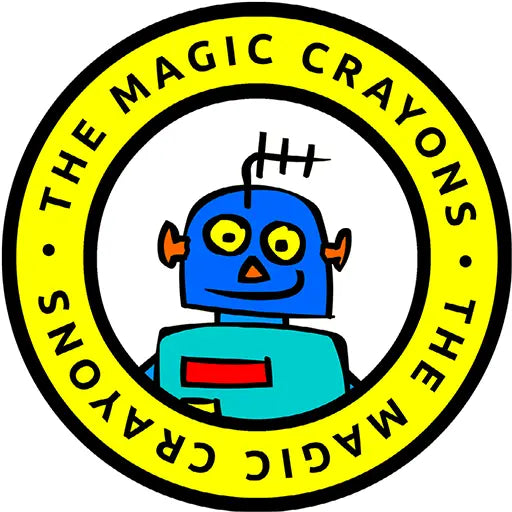English ESL EFL Classroom Posters
-
Posters and wall displays from the Tachers of The Magic Crayons
-
- Days of the Week Bundle
- Superlatives
- Months of the year
- Days of the Week
- Fire Hood
- Lost and Found
- Giant Summer School Poster Mural
Introduction
The Magic Crayons have been teaching ESL English in Japan for many years in kindergartens and preschools. One sunny afternoon they wrote up all the tried and tested games that they use within their classes. To their surprise they use over 365 ! We have organized them here for you by theme. Note that our music, flash cards, and crafts are also organised by theme. We hope you and your students enjoy our free classroom games and activities too.
How to Teach ESL Classroom Games
As when setting any new task it's essential to clearly model what you require the children to do. The phrase Show Don't Tell couldn't be more applicable than for school games. Choose your brightest and best students to come up front and help you model the game. Don't let the classroom be the first time you attempt to model a game either. Doing so aloud at home or to a fellow teacher will help you keep things clear and simple once you are Teaching. I used to think spending time modelling simply reduced the amount of play time for the children. The opposite is true. A well modelled game will run smoothly and be a lot more fun for your students.
Don't be afraid to stop the game and model it again if it appears they haven't grasped what's required. Teach the students the name of the game so that they can ask for it again themselves at a later date. Repeat the game the following week. You won't need to spend much time modelling it second time around and the children can get stuck in and play.
Be organised
Keep a note book of games the children enjoy playing and repeat them a few months later. Some games can be repeated more often but by using different flash cards or props can feel completely different to the students, yet your modelling time is significantly reduced.
As with singing songs for the first time a big enthusiastic smile will really help convince the students how fun these games are and what a great teacher you are! The Magic Crayons are all teachers at kindergartens and preschools in Japan. The lesson plans, crafts and games you find in these pages will sometimes use the Japanese terminology when describing the suitable age for the students.
How are Japanese Kindergarten classes named?
A big thank you to a post in Dave’s ESL Forum for reminding us just how confusing this can be for those teachers outside of Japan. User rtm provided a great explanation:
Nen Cho (年長; Older, 5 years old at the start of the school year) Nen Chu (年中; Middle, 4 years old) Nen Sho (年少; Youngest, 3 years old) nen sho (3 yrs.. ) - kids SHOw up to school first time. nen chu (4 yrs.. ) - more developed and can CHOOse better. nen cho (5 yrs..) - older, and are CHOsen to graduate from kindy.
Thank you
A caption I wrote
